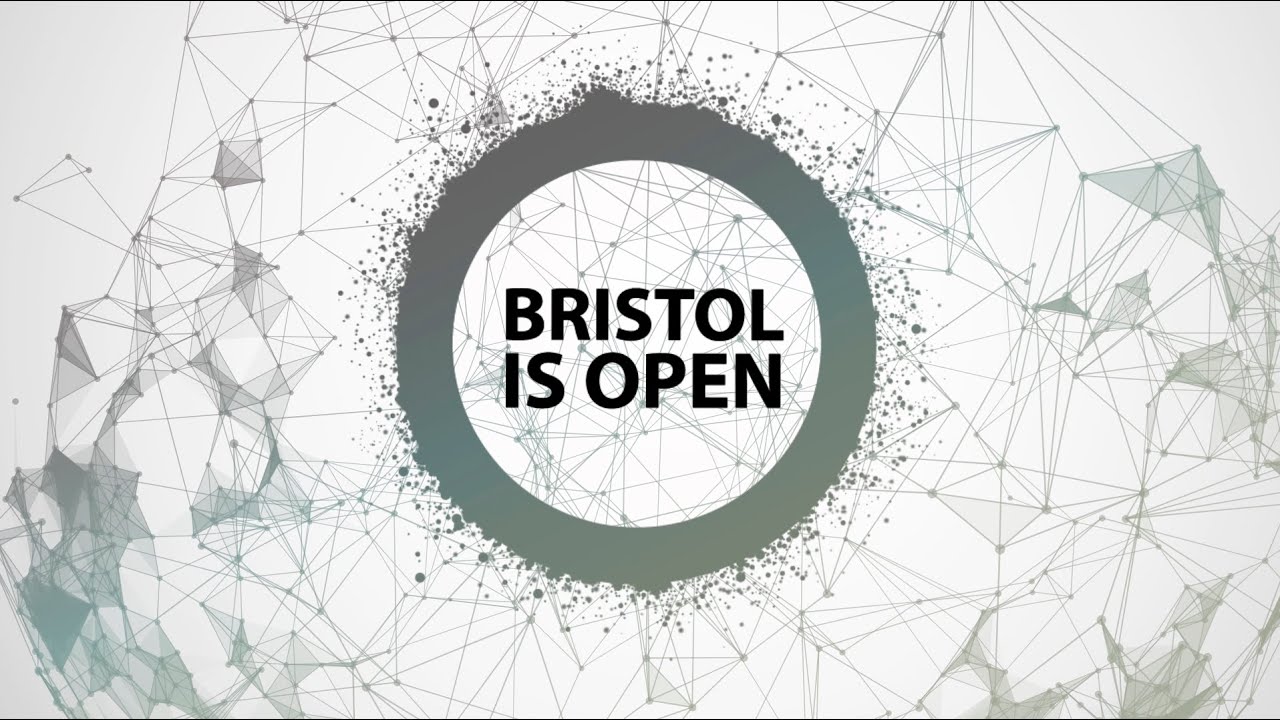The UK’s leading smart city has reached the end of its pilot phase and started to roll out real world applications. Julie Snell, CEO of the research and development organisation Bristol is Open, explains its winning formula.
Bristol came top in Huawei’s most recent UK Smart Cities Index, what do you put that down to?
We are unique among cities in that Bristol City Council owns its own network of underground ducting, a former cable television network, and using that removed the most expensive path to becoming connected – digging up the road to install all the ducting and related infrastructure.
We created a fibre optic ring around the city, which acts as a jumping off point for numerous wireless technologies from wi-fi, to 3G, 5G, LTE, and a wireless mesh network covering 2,400 smart streetlights. The network is closed and secure, which means people can test new products and applications without having to pay a telecoms operator, or the risk of the tech being discovered before it’s ready.
We are particularly proud of what we have achieved around harbour safety. In an innovative pilot we worked with Bristol City Council to install heat-sensitive cameras along the waterfront that detect if a person has fallen in.
The perimeter system exploits an advanced 5G test network, the first of its kind in Europe, to capture high resolution images and record changes to water temperature that might indicate the presence of a person. If anything unusual is spotted an alert is triggered to emergency services. Two lives have already been saved using the cameras.
The Bristol is Open pilot phase finished at the end of last year, what next?
The big step change is to make sure we are scaling things, we don’t want this to be an experiment that is shut down and doesn’t move forward.

Everything’s going digital but that requires a fast underlying communications network. If you look at fibre optic rollout across the world, the UK languishes in the very bottom quarter, it’s horrendous and going to hold us back as a country.– Julie Snell, Bristol is Open
Before the Easter Bank Holiday we took the thermal cameras into live service to enable Bristol City Operations centre to monitor that harbourside 24 hours a day. We are now looking to enhance the system to allow it to pass messages direct to bouncers outside nightclubs on the waterfront so they can quickly respond when somebody is in danger.
The same software and technology could be applied to crowd management to understand the volume and movement of people. For example, we have had discussions with the Bristol City FC stadium about match days and other big events and they would like to have more information about where and when the people are arriving on trains and coaches so they can be more prepared and manage that in a better way.
It’s about collecting data to make more intelligent decisions, then using staff on the street to manage the flow of people. In an ideal world it would be linked to live signage around the city to suggest alternative routes to people, it we could communicate direct with peoples’ phones using an app.
Any initiatives to get more citizens to experience the benefits of a smart city?
We have managed to secure funding to extend the fibre optic network out to the south of the city to some of the more deprived areas.
The biggest problem this city, and many others, faces, is the growing ageing population and the digital divide is getting wider because telecoms operators can’t afford to move into these areas because the business case doesn’t stand up.
We plan to use the network to improve education schools’ access to broadband, because lots of children are coming through the system with next to no digital skills. In addition, we want to use the network as a platform to find other business models and other ways of connecting with people to support their needs.
How is technology helping Bristol people become more sustainable?
We have developed an app that tracks pollution levels around the city, using live data from sensors to suggest the healthiest route to take, either by bike or on foot.
It’s a collaborative project under the EU-funded programme BigClouT and we want local Bristol people to volunteer to test it out. If it works we will develop it into a fully-fledged app that has the potential to be used in cities across Europe.
What is holding British cities back from becoming smarter?
Everything’s going digital but that requires a fast underlying communications network. If you look at fibre optic rollout across the world, the UK languishes in the very bottom quarter, it’s horrendous and going to hold us back as a country.
We need to find different and more creative ways to ensure that we get networks rolled out because network operators are still sweating their copper. We’re trying to work with the industry to prove that there is a different business case to push fibre out if we are smarter.
Dublin has showed the value of fibre, they invested heavily in the network and as a result some of the biggest innovation companies in the world are now based in the city.
Are data privacy concerns holding back innovation?
The new GDPR legislation is making it very difficult for us to experiment because we’re having to spend as much time on the social and legal science as we are on the technology. It’s slowing development down, but rightly so because otherwise we would be taking cities towards a big brother scenario and that would be wrong.















